10 Ways Your Hand Is Screaming Trigger Finger — And Why You Should Listen
Ever feel that frustrating 'catch' or 'click' in your finger, like it has a mind of its own, stubbornly locking into a bent position, especially in the morning? That jarring sensation, often targeting your thumb or ring finger, isn't just a random quirk; it could be your hand waving a distinct red flag for a condition known as trigger finger. This pesky issue arises when the protective sheath around your finger's tendon becomes inflamed, making smooth, effortless movement a daily struggle. While factors like repetitive hand motions, being female aged 35-50, or conditions like diabetes can heighten your risk, recognizing the early warnings is crucial. Ignoring these signals can lead to more persistent pain and stiffness. Ready to decode what your hand might be trying to tell you? Let's explore the unmistakable signs that practically scream "trigger finger," so you can catch it early and reclaim your grip on comfort.
1. Stiff Fingers
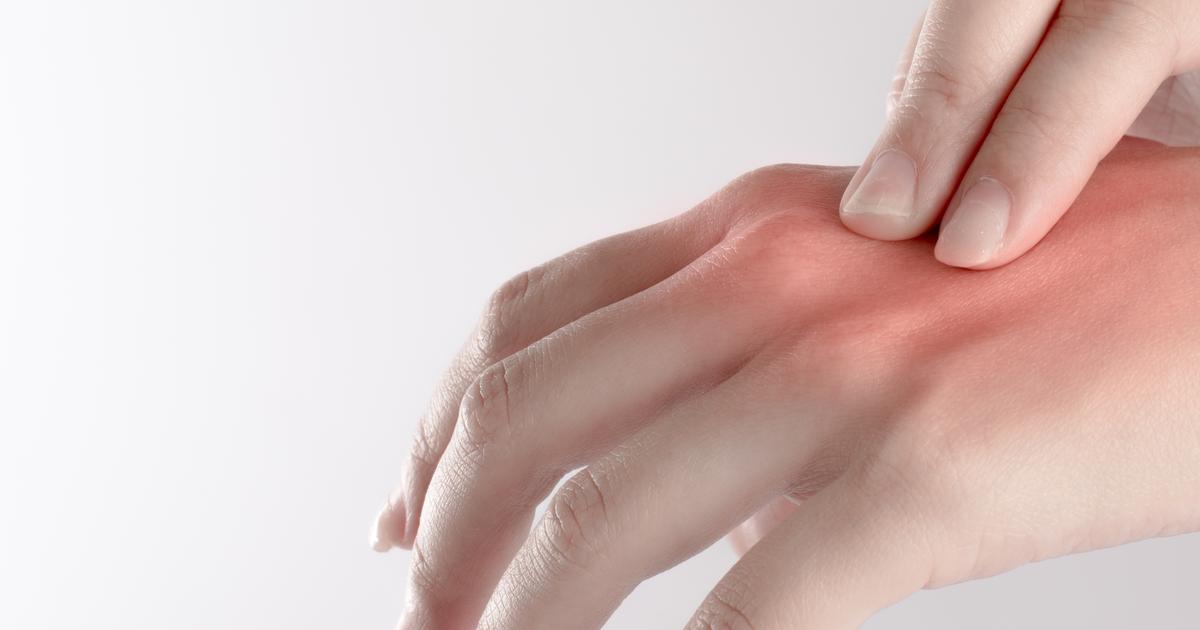
Patients with this condition often notice stiff fingers, and this could be painful and limit the patient's range of motion. Finger stiffness could make it difficult to grasp or hold objects, and patients might drop objects more frequently than they otherwise would. Stiff fingers may make everyday tasks such as driving, turning a doorknob, buttoning a shirt, or typing painful. Since stiff fingers often occur in the early stages of trigger finger, seeing a doctor at this time could enable patients to be treated more effectively and successfully. To ease the pain of stiff fingers, it may be helpful to use ice packs or heating pads, and patients might also wish to take anti-inflammatory medication.
2. Popping Sensation
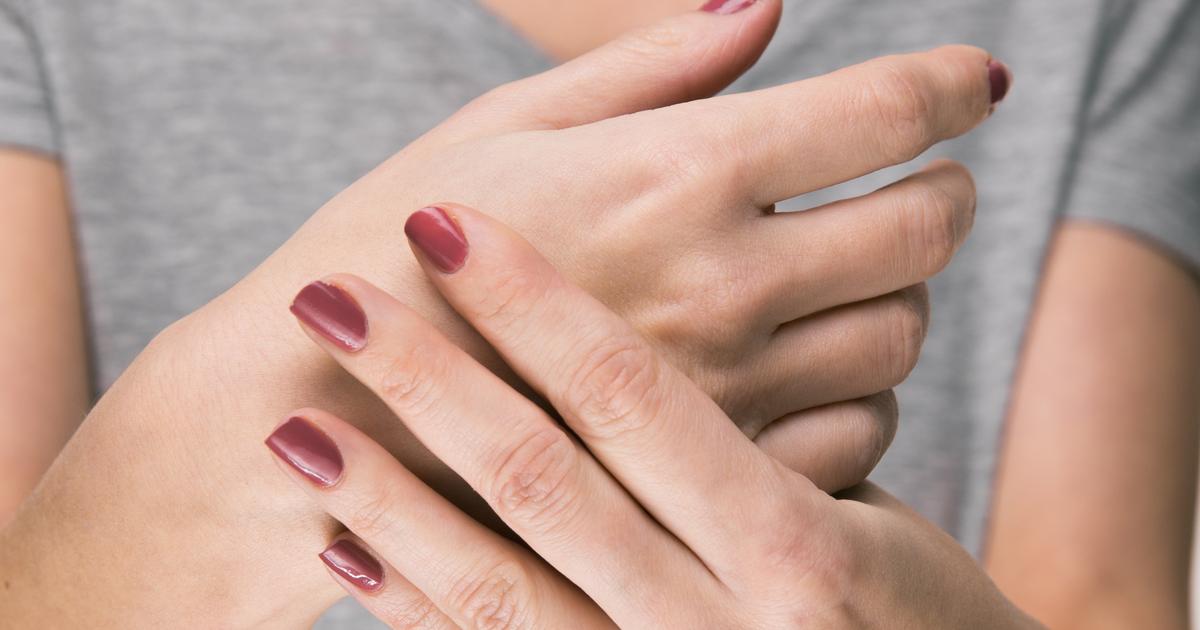
Individuals affected by trigger finger may feel a popping sensation in the finger, and some patients could hear a popping noise as well; this is sometimes heard as a click. Popping usually occurs when the finger is moved. For example, patients could experience popping while they are typing, opening a jar, or doing an activity that requires the finger to exert force, bear weight, or move against resistance. Some individuals could find the popping sensation frightening, and it may be followed by pain. It could occur when the finger is being bent, and it may also happen when the finger is being straightened. The popping sensation might sound like a trigger being released, and this sensation gives the condition its name. If possible, being able to replicate the popping sensation during a physical exam with a doctor could be beneficial in the diagnostic process. It can also be helpful for doctors to know if the popping occurs only after certain activities. Patients who have surgery for trigger finger often find the popping sensation is one of the first symptoms to resolve during the recovery period.
3. Fingers Locked In A Bent Position
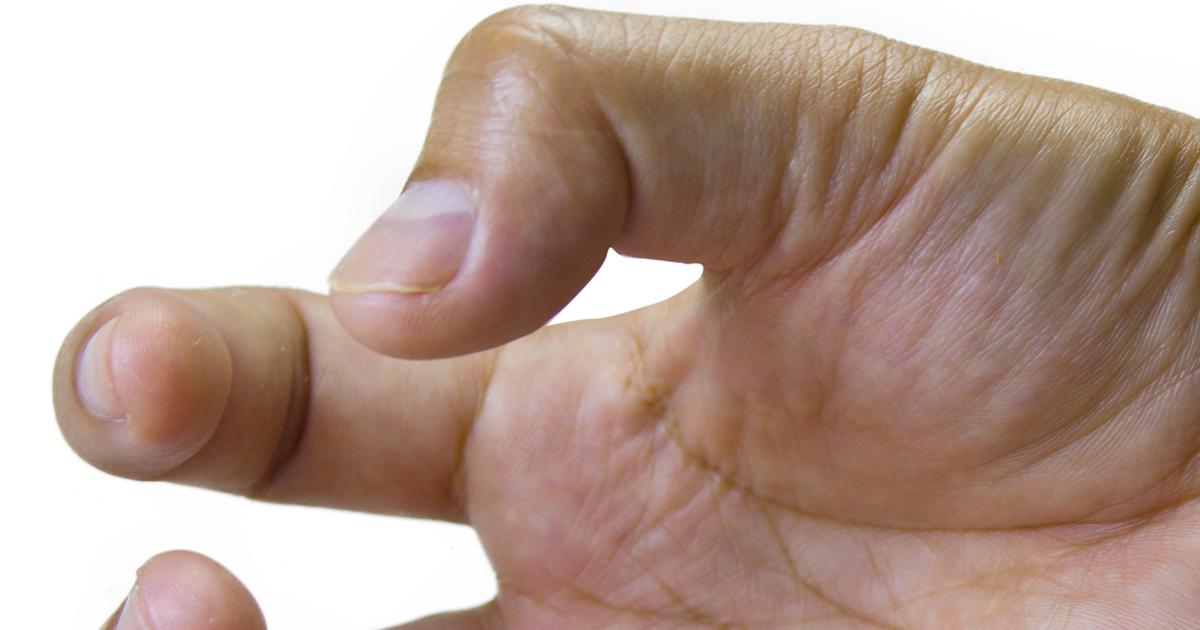
Patients affected by trigger finger often find their fingers become locked in a bent position as the condition progresses. Continually holding the fingers in this way creates a lot of tension within the finger, and this could spread into the hand and wrist and create additional medical issues. When the finger is locked in a bent position, it is often difficult to drive, turn pages, tie shoelaces, or brush hair, and this symptom could significantly disrupt the patient's daily activities. The patient may have to use their other hand to straighten the bent finger, and this may have to be done more and more frequently if the patient has had the condition for a prolonged period. Physical therapy can be beneficial in teaching patients special stretching exercises that can help reduce the amount of bend in the affected finger, and these stretches will also increase finger strength and range of motion. Since many hand conditions can cause the fingers to lock in a bent position, patients should see a hand specialist for an evaluation if this symptom occurs regularly. Surgery is sometimes needed to enable the patient to straighten their fingers again, and doctors may need to perform x-rays or scans to determine the underlying cause for the bending.
4. Tender Palms
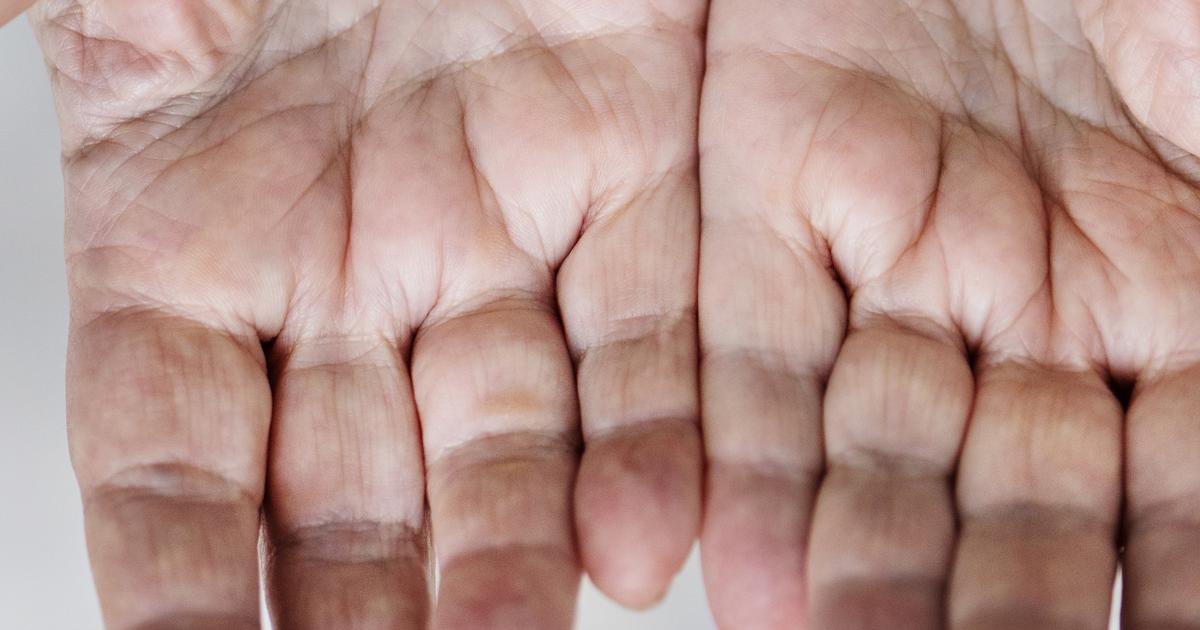
As trigger finger becomes more advanced, patients could notice tender palms. The palms are generally the most painful at the base of the fingers, and tender palms can develop with or without a lump at the base of the finger. Patients who have tender palms should have a thorough physical examination to determine the cause of this symptom. The doctor will ask questions about when the symptom first started, and they will want to know if both palms are tender or if one palm is more tender than the other. To examine the palms, the doctor will gently palpate the entire surface of the patient's palms, noting areas of pain and checking for any swelling, warmth, tightness, or lumps. They will check both palms in this way to gauge the severity of the patient's symptoms. Most patients find the tenderness in their palms resolves with successful treatment of trigger finger, and the use of ice packs or heating pads could reduce pain from this symptom in the meantime.
5. Bump At The Base Of The Affected Finger
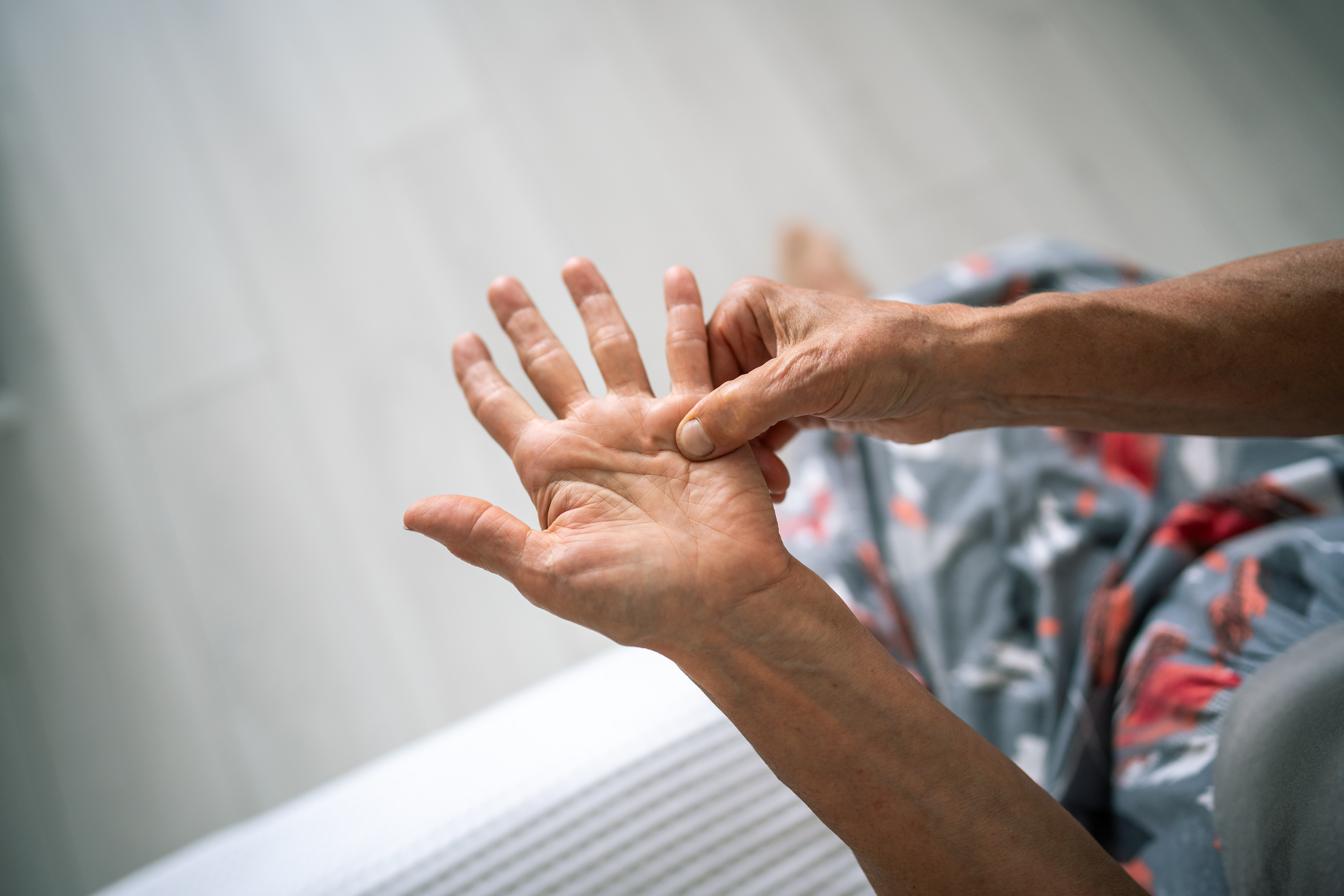
In some cases, patients may develop a bump at the base of the affected finger. The bump is found on the palm side of the hand, and it is typically soft and mobile; it moves when the patient moves their finger and is not fixed in place. Doctors refer to these lumps as nodules, and they will check for them as part of the physical examination. If the patient has other medical conditions that affect their hands, including arthritis, doctors may need to perform additional tests to fully evaluate the bump and ensure it is due to trigger finger. Steroid injections may be administered into the bump to reduce swelling and pain, and patients may be asked to return for follow-up appointments so the bump can be closely monitored. If the bump persists after rest, physical therapy, and other conservative treatments, it may need to be surgically removed. Patients should always let their doctor know if the lump increases in size or if it becomes more painful than usual.
6. The "Morning Lock-Up" Phenomenon: A Telltale Awakening

Does your day begin with a stubborn finger that seems to have seized up overnight, refusing to cooperate? One of the most distinctive red flags for trigger finger is this pronounced worsening of symptoms, especially stiffness and locking, upon first waking. During periods of inactivity like sleep, inflammation can settle in the constricted tendon sheath. When you then try to move your fingers, the thickened part of the tendon struggles to glide, often leading to that frustrating 'lock-up' or requiring a painful, forceful pop to get it going. This specific morning struggle is a significant clue.
7. Lost Dexterity & Fumbling Fingers: When Precision Falters
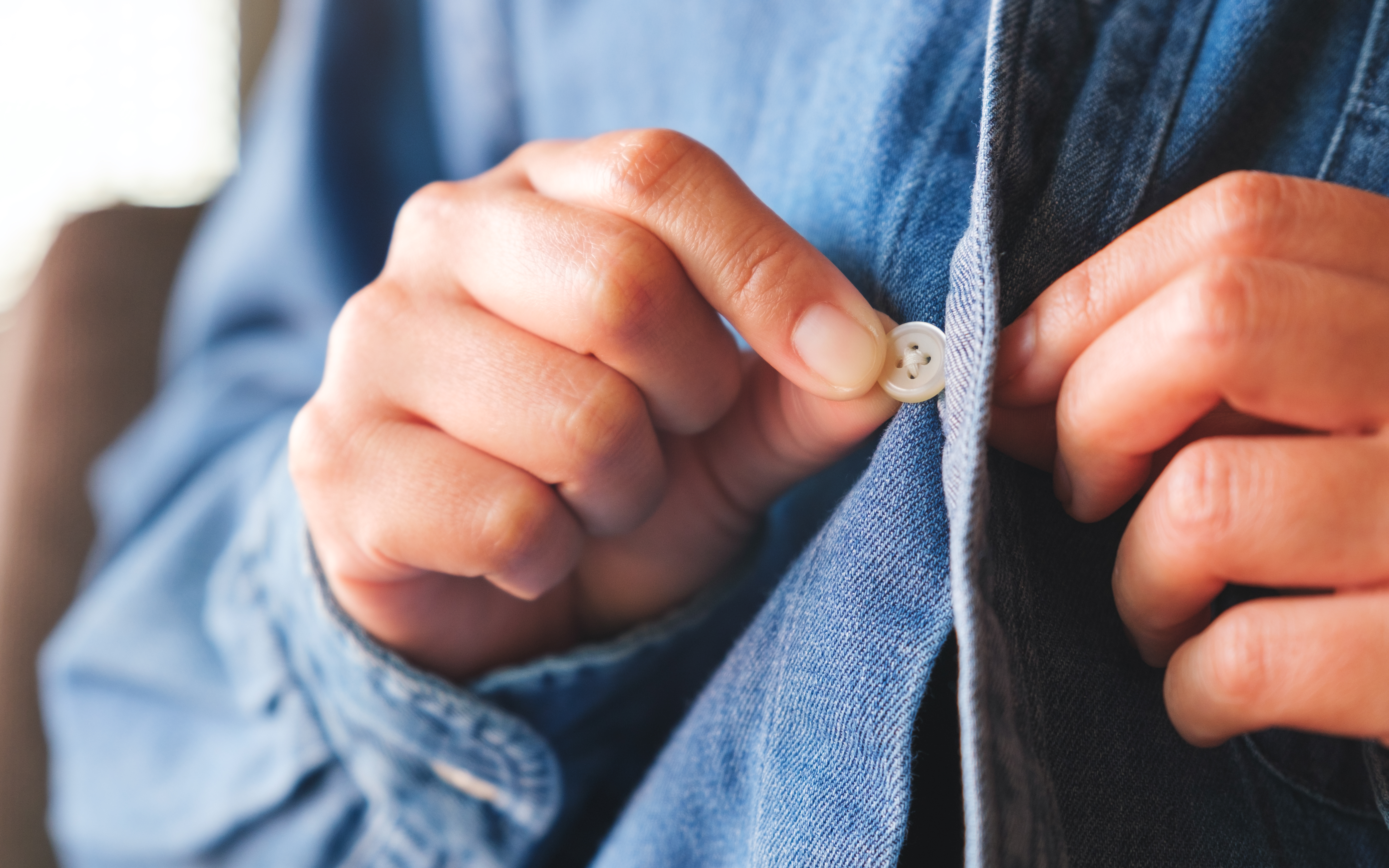
Beyond the more obvious pain or locking, pay close attention if delicate, everyday tasks suddenly feel like fumbling challenges. Trigger finger doesn't just affect your ability to make a fist; it can subtly sabotage your fine motor skills. Are you finding it harder to button shirts, type smoothly, pick up small coins, or notice your handwriting becoming unusually clumsy with the affected finger? This loss of precision and increased clumsiness occurs because the smooth, gliding tendon motion essential for dexterity is compromised. It’s a frustrating sign that your finger's nimbleness is being held hostage.
8. Pain That Travels: When Discomfort Doesn't Stay Localized

While a tender spot at the base of your finger in the palm is a hallmark, sometimes the discomfort from trigger finger doesn't politely stay confined to that area. You might experience an aching pain or a dull throb that seems to radiate from the affected finger into your palm, or even further up into your hand or occasionally the wrist. This can occur because the inflamed tendon and its irritated sheath are part of an interconnected system, and the abnormal mechanics can strain adjacent structures or create referred pain. If your finger’s problem seems to be broadcasting its discomfort more widely, it's another important signal.
9. A Deceptive Feeling of Weakness: Grip Gone Awry

You might notice your grip feeling surprisingly weak, unreliable, or that items are slipping from your grasp, even if your overall hand strength seems generally unchanged. This often isn't due to true muscle weakness but rather the mechanical interference caused by trigger finger. When the tendon cannot glide smoothly, or when you anticipate the pain or locking sensation that comes with movement, your brain instinctively inhibits forceful actions, or you consciously avoid them. This results in a perceived weakness or a frustrating sensation that your finger just won't 'listen' or engage properly when you need it most.
10. Subtle Warmth or Swelling Over the Palm: An Early Inflammatory Clue

Before a distinct lump or nodule becomes obvious, you might detect more subtle signs of inflammation at the base of the affected finger, on your palm where the finger meets the hand. This area, directly over the critical A1 pulley (the entrance to the tendon sheath), might feel unusually warm to the touch compared to other parts of your hand or appear slightly puffy or swollen, even without a clearly defined bump. This low-grade, localized inflammation is your body's early response to the friction and irritation within the tendon sheath, serving as a quiet heads-up.
Reclaim Your Grip: From Trigger Finger Signs to Lasting Relief

Recognizing the red flags your hand is waving—from that jarring morning lock-up and frustrating fumbling with daily tasks, to tender palms or even pain that travels—is the crucial first step in addressing trigger finger. As we've explored through these 10 unmistakable signs, this condition does more than just cause an annoying 'click'; it can significantly disrupt your comfort, dexterity, and daily life. Ignoring these early warnings often allows the problem to become more persistent and harder to treat simply. The encouraging news is that effective treatments are readily available, especially when trigger finger is identified in its earlier stages. If these signs and symptoms sound all too familiar, don't resign yourself to the discomfort. Consulting a healthcare professional for an accurate diagnosis and a tailored treatment plan is key to unlocking relief, restoring smooth, pain-free movement, and truly reclaiming your confident grip on the activities you love.